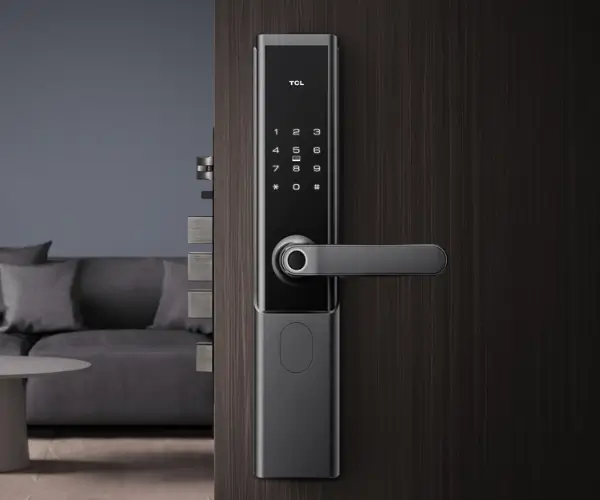Imagine a tiny marvel perched at the heart of countless DIY robotics projects, educational kits, and automation experiments—its name is the SG90 servo motor. Celebrated for its compact size, affordability, and reliable performance, the SG90 has become a staple in maker communities and professional labs alike. But beyond its physical presence on breadboards or inside circuit enclosures, there’s an entire universe of design and creativity waiting to be explored through its 3D model.

The SG90 servo motor is a micro servo that’s often recognized by its distinct shape—a small rectangular body, a protruding arm (or horn), and a central axis that facilitates precise control of motion. Because of its ubiquity, enthusiasts and engineers alike have invested time in creating detailed 3D models that depict every angle, screw hole, and mounting point. These digital twins are not just visual representations; they serve as blueprints that will help you integrate the SG90 seamlessly into your custom builds.
But why focus on the 3D model of the SG90? The answer lies in the power of visualization and pre-assembly testing. When planning a complex robotic arm or an automation system, knowing how the motor fits within your design can save immense time and reduce errors. A well-crafted 3D model provides a virtual sandbox—marking out mounting points, clearance areas, and connection interfaces before one screw turns or wire is connected.
Pulling from the community-driven repositories like Thingiverse and GrabCAD, countless hobbyists and professional engineers share their meticulously built CAD models of the SG90. These models typically include parameters compatible with popular CAD software like SolidWorks, Fusion 360, or SketchUp, enabling users to tweak dimensions, add custom brackets, or combine multiple parts into integrated assemblies.
One major advantage of the 3D model is the ability to design custom mounts or housings around the servo. For example, imagining an autonomous drone or a robotic hand, you can design your own servo brackets tailored to specific angles and attachments. This customization creates a better fit, enhances stability, and allows for aesthetic customization that matches your project’s unique style.
Moreover, 3D models facilitate simulation. By importing the SG90 model into stress analysis or motion simulation software, designers can predict how the servo will behave under load. For instance, in robotics applications where precise movement and load distribution matter, simulating the servo’s operation can predict potential points of failure or misalignment—saving both money and time.
The versatility of these models extends beyond static representations. Interactive models, with annotated components and exploded views, allow users to visualize the internal mechanisms—gear trains, potentiometers, and control circuitry—that make the SG90 so responsive yet affordable. Seeing the gears meshing and the motor winding inside fosters a deeper understanding of how subtle mechanical details translate into smooth movement.
An interesting trend is the development of open-source repositories dedicated solely to SG90 3D models. Enthusiasts and professional designers upload their own optimized versions, sometimes featuring detailed internal structures for educational purposes, or simplified external shells for faster printing and integration. The accessibility of these models democratizes innovation—making it possible for anyone with a 3D printer to prototype parts or even create fully functional robotic systems.
Speaking of 3D printing, one of the most exciting applications of the SG90 3D model is producing custom housings or adapters. With your design ready, a standard filament printer can produce prototypes in a matter of hours, allowing rapid iteration. Whether you’re fitting a servo into a uniquely shaped drone frame or attaching it onto a bespoke robotic gripper, having a ready 3D model accelerates the process—turning ideas into tangible prototypes that work.
Of course, owning a 3D model is just the beginning. The true power comes from customizing and integrating it into your projects. You can modify dimensions to accommodate different mounting points, adjust nozzle clearances for better fit, or even simulate how the servo’s rotation impacts surrounding components. Advanced users may go further—embedding wiring channels in the model, designing cover enclosures to protect against dust, or adding decorative elements for aesthetic appeal.
In summary, the SG90 servo motor’s 3D model is more than just a digital replica; it’s a fundamental tool for all who seek to innovate. Whether you’re an educator explaining the inner workings of servo motors, a hobbyist creating a robotic arm, or an engineer designing a complex automation system, leveraging detailed models unlocks a new dimension of precision and creativity. The next step? Exploring the rich resources of existing models, learning how to customize them, and integrating them into your next masterpiece. Stay tuned as we delve deeper into applications, customization tips, and how the community is shaping the future of SG90 3D modeling.
Established in 2005, Kpower has been dedicated to a professional compact motion unit manufacturer, headquartered in Dongguan, Guangdong Province, China.




































